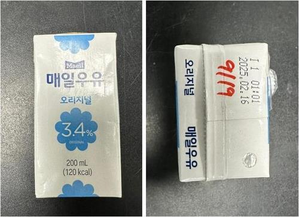
New Delhi, Dec 17 (IANS) The quadrivalent HPV vaccine, developed in India, is affordable and more effective for cervical cancer, said Union Minister of State (Independent Charge) for Science and Technology Jitendra Singh on Tuesday.
Cervical cancer ranks as the second most prevalent cancer in India and accounts for nearly one-fourth of the world’s cervical cancer deaths despite being largely preventable.
“Quadrivalent HPV vaccine is a boon for the Indian population where mortality among women due cervical cancer is reported to be around one lakh annually, and over 90 per cent of these women have a history of HPV infection,” Singh said, at the Health Conclave organised by NDTV at Hotel Hyatt.
Singh announced India’s first indigenously developed vaccine, “CERVAVAC” for the prevention of cervical cancer in September 2022.
CERVAVAC, developed by the Department of Biotechnology in the Ministry of Science and Technology “is unique because of being quadrivalent and thus being highly effective HPV 6,11 and 16,18 which are closely associated with cervical cancer in women,” Singh noted.
Further, Singh “strongly” advocated the use of the HPV vaccine, and noted that “its administration is easy with recommended two-dose regimen for girls below the age of 15 years and a three-dose regimen for girls above 15 years of age”.
The Minister also highlighted India’s advancements in preventive healthcare, women’s health, and indigenous vaccine development during his address at the “Together Against HPV” conclave.
The event focused on the national fight against cervical cancer, which remains a significant health challenge. The Minister also stated that India is now recognised globally for its preventive healthcare initiatives.
The Minister reiterated that prioritising women’s health is central to realising India’s vision for 2047, underscoring women-led development as a national priority. He also addressed the need to tackle taboos and stigma associated with diseases like cervical cancer, particularly in rural areas.
–IANS
rvt/



















